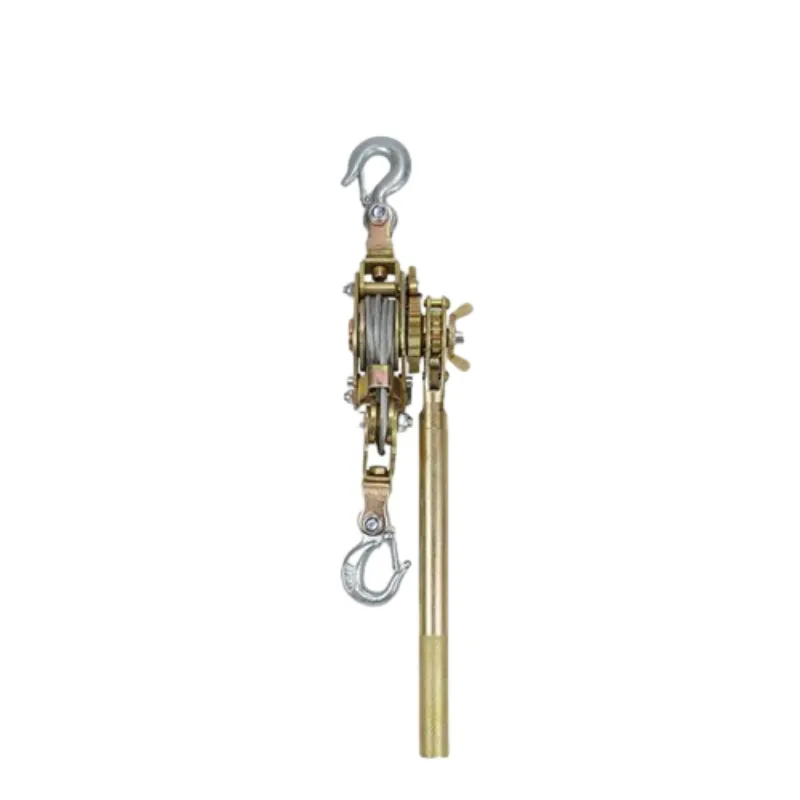
-
 Afrikaans
Afrikaans -
 Albanian
Albanian -
 Amharic
Amharic -
 Arabic
Arabic -
 Armenian
Armenian -
 Azerbaijani
Azerbaijani -
 Basque
Basque -
 Belarusian
Belarusian -
 Bengali
Bengali -
 Bosnian
Bosnian -
 Bulgarian
Bulgarian -
 Catalan
Catalan -
 Cebuano
Cebuano -
 Corsican
Corsican -
 Croatian
Croatian -
 Czech
Czech -
 Danish
Danish -
 Dutch
Dutch -
 English
English -
 Esperanto
Esperanto -
 Estonian
Estonian -
 Finnish
Finnish -
 French
French -
 Frisian
Frisian -
 Galician
Galician -
 Georgian
Georgian -
 German
German -
 Greek
Greek -
 Gujarati
Gujarati -
 Haitian Creole
Haitian Creole -
 hausa
hausa -
 hawaiian
hawaiian -
 Hebrew
Hebrew -
 Hindi
Hindi -
 Miao
Miao -
 Hungarian
Hungarian -
 Icelandic
Icelandic -
 igbo
igbo -
 Indonesian
Indonesian -
 irish
irish -
 Italian
Italian -
 Japanese
Japanese -
 Javanese
Javanese -
 Kannada
Kannada -
 kazakh
kazakh -
 Khmer
Khmer -
 Rwandese
Rwandese -
 Korean
Korean -
 Kurdish
Kurdish -
 Kyrgyz
Kyrgyz -
 Lao
Lao -
 Latin
Latin -
 Latvian
Latvian -
 Lithuanian
Lithuanian -
 Luxembourgish
Luxembourgish -
 Macedonian
Macedonian -
 Malgashi
Malgashi -
 Malay
Malay -
 Malayalam
Malayalam -
 Maltese
Maltese -
 Maori
Maori -
 Marathi
Marathi -
 Mongolian
Mongolian -
 Myanmar
Myanmar -
 Nepali
Nepali -
 Norwegian
Norwegian -
 Norwegian
Norwegian -
 Occitan
Occitan -
 Pashto
Pashto -
 Persian
Persian -
 Polish
Polish -
 Portuguese
Portuguese -
 Punjabi
Punjabi -
 Romanian
Romanian -
 Russian
Russian -
 Samoan
Samoan -
 Scottish Gaelic
Scottish Gaelic -
 Serbian
Serbian -
 Sesotho
Sesotho -
 Shona
Shona -
 Sindhi
Sindhi -
 Sinhala
Sinhala -
 Slovak
Slovak -
 Slovenian
Slovenian -
 Somali
Somali -
 Spanish
Spanish -
 Sundanese
Sundanese -
 Swahili
Swahili -
 Swedish
Swedish -
 Tagalog
Tagalog -
 Tajik
Tajik -
 Tamil
Tamil -
 Tatar
Tatar -
 Telugu
Telugu -
 Thai
Thai -
 Turkish
Turkish -
 Turkmen
Turkmen -
 Ukrainian
Ukrainian -
 Urdu
Urdu -
 Uighur
Uighur -
 Uzbek
Uzbek -
 Vietnamese
Vietnamese -
 Welsh
Welsh -
 Bantu
Bantu -
 Yiddish
Yiddish -
 Yoruba
Yoruba -
 Zulu
Zulu


Nov . 16, 2024 07:38 Back to list
fish tape tool
Understanding Fish Tape Tools An Essential for Electrical Professionals
In the realm of electrical work, efficiency and precision are paramount. One tool that stands out for its ability to facilitate these two qualities is the fish tape tool. This specialized device assists electricians in routing wiring through walls, conduit, and other tight spaces, making it an invaluable asset in both residential and commercial projects.
What is Fish Tape?
Fish tape, often made of flexible steel or fiberglass, is a long, flat strip that can be coiled into a spool for easy storage and handling. The primary function of fish tape is to navigate through various pathways, helping electricians pull wire through conduits or behind walls without the need for extensive demolition. Its design allows it to easily bend and flex around obstacles, making it ideal for accessing hard-to-reach areas.
Why Use Fish Tape?
The advantages of using fish tape are substantial. First and foremost, it saves time. Running electrical wiring can be a labor-intensive task, particularly when it involves maneuvering through complex building structures. Fish tape simplifies this process by allowing electricians to send a thin, flexible tape into the desired space and then attach the wiring to the tape for a quick retrieval.
Additionally, using fish tape minimizes damage to existing structures. Traditional methods could involve drilling multiple holes or removing drywall, but with fish tape, the need for such invasive techniques is significantly reduced. This not only preserves the integrity of the building but also saves on potential repair costs associated with excessive cutting and patching.
How to Use Fish Tape Effectively
fish tape tool

Using fish tape is a straightforward process, but there are some best practices electricians should adhere to for optimal results. First, always ensure that your tape is in good condition; any kinks or bends can affect its performance. When beginning a wire pull, push the fish tape into the conduit or wall cavity until resistance is felt. At this point, the fish tape should be anchored to secure the wire attachment.
Once the wire is attached to the fish tape, it involves a coordinated effort to pull both the tape and wire back through the opening. An assistant can be invaluable during this phase, helping to guide the wire and ensure that it doesn’t become snagged on any obstacles along the way.
Choosing the Right Fish Tape
When selecting a fish tape tool, consider several factors, including material, length, and additional features. Steel fish tapes are often more durable and provide better resistance against kinks, while fiberglass tapes are lighter and more flexible, making them easier to maneuver. Length is also crucial, as it should match the scope of your work; some projects may require longer tapes for deeper pathways.
Finally, look for features such as a hook or a leader attachment, which can simplify the task of connecting the wire to the fish tape. A good quality handle can also make the winding and unwinding process significantly smoother.
Conclusion
In summary, the fish tape tool is an essential component of an electrician’s toolkit. With its ability to streamline the wiring process and minimize damage to existing structures, it represents a perfect blend of design and function. By understanding how to use it effectively and selecting the right one for the job, professionals can enhance their efficiency and deliver high-quality electrical work more easily than ever before. Whether you are a seasoned electrician or a DIY enthusiast, incorporating fish tape into your projects can make a notable difference in your workflow.
Latest news
What Are Construction Tools and How Are They Used?
NewsJul.11,2025
Professional-Grade Duct Rodding Tools for Superior Cable Installation
NewsJul.11,2025
Enhancing Safety and Efficiency with Modern Hot Stick Solutions
NewsJul.11,2025
Empowering Cable Installation with Advanced Rodder Solutions
NewsJul.11,2025
Elevate Your Cable Installation Projects with Cable Pulling Tools
NewsJul.11,2025
Efficient Cable Handling Solutions: Cable Rollers for Sale
NewsJul.11,2025











